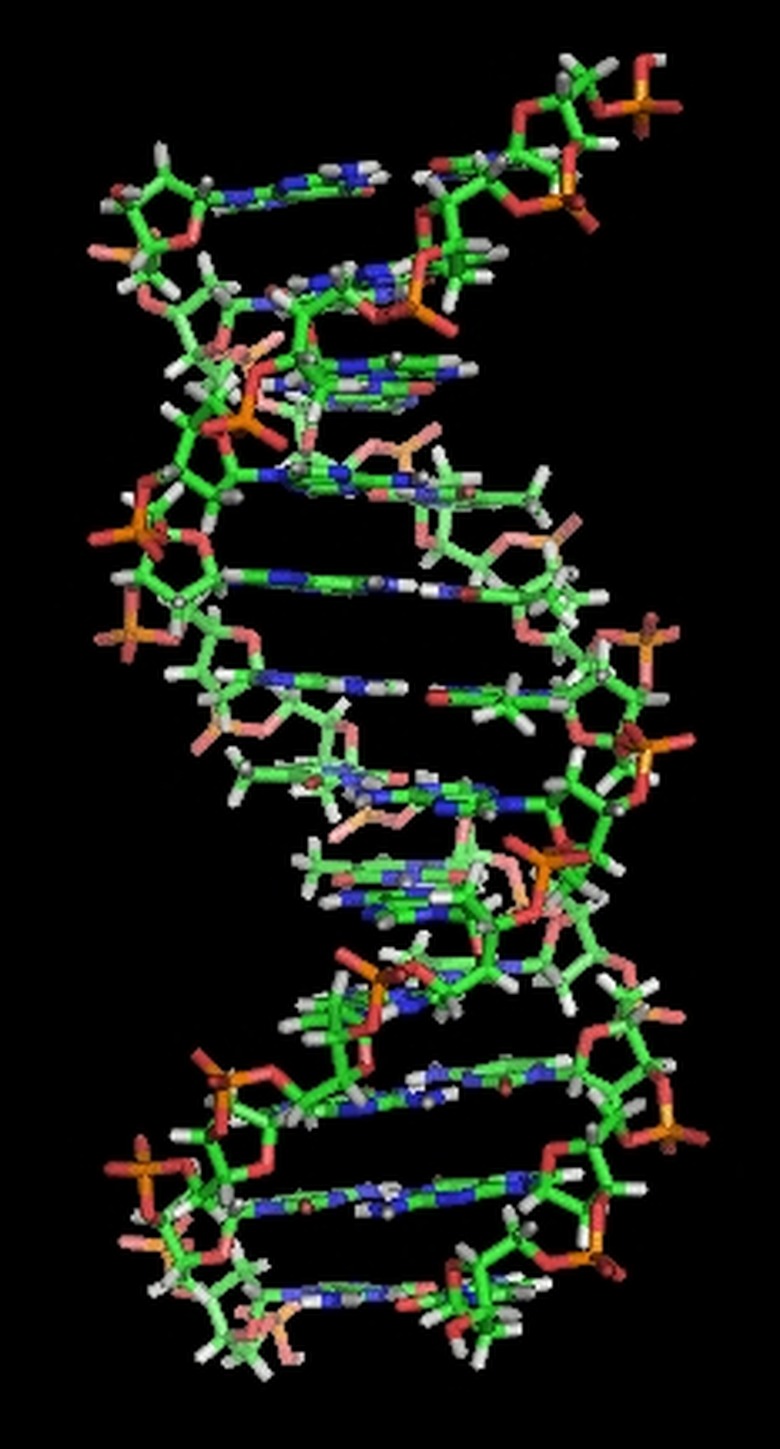DNA Extraction By Spooling Method
DNA
DNA
Deoxyribonucleic acid and proteins. DNA is organized into units called genes, each of which codes for a particular RNA or protein sequence. Genes are studied to learn about biological structure and function, evolution, disease and many other aspects of living systems. To study genes in detail, DNA must be isolated and purified from cells of interest.
DNA Extraction
DNA Extraction
Although DNA from a single cell can be extracted and studied, it's not enough to see with the naked eye. To get a quantity sufficient for spooling, the more cells you have to work with the better (many millions).
Exact protocols vary considerably to account for the unique characteristics of specific samples, but the general steps are homogenization, lysis, digestion, separation and collection. The procedure is best carried out in a small (depending on the size of the sample) glass or plastic tube.
A sample is generally blended or ground-up to thoroughly separate the cells from each other. This makes the cell ingredients more accessible to the reagents that follow. Detergent or enzymes are then added to the homogenate to lyse the cell membranes (and nuclear membranes if the cells are eukaryotic) to free the DNA. At this point, the DNA is surrounded by proteins, lipids, carbohydrates—everything else that was contained in the cells.
A further enzymatic digestion may be necessary to break down proteins so they do not bind to DNA and interfere with its collection. DNA is separated from the rest of the cell contents by adding cold, pure, ethyl or isopropyl alcohol. DNA is not soluble in these alcohols so it will condense to try to minimize its contact with the alcohol. The condensed DNA s then collected, usually by centrifugation—or spooling.
DNA Spooling
DNA Spooling
DNA collection by spooling is effective when a large amount of DNA is obtained from an extraction procedure. It is also an excellent demonstration method since an impressive tangle of pure DNA is clearly visible.
To spool DNA the separation step must be carried out carefully. If it wasn't a part of the lysis reagent mixture previously added, a concentrated salt solution (sodium chloride) must be added to the solution before the alcohol addition step. The cold alcohol is slowly poured down the side of the test tube to form a layer on top of the aqueous solution, avoiding mixing. If done correctly, the alcohol will form its own layer on top of the salty layer. Then comes the spooling.
To collect the DNA from the salty layer, carefully place a glass stir rod though the alcohol layer until it touches the bottom of the tube. Slowly spin the rod between the fingers, while watching the interface between the two layers. If enough DNA is present, it will clump together at the interface between layers to form a milky translucent mass. Spin the rod to wrap the DNA around it (that is the spooling part) and pull it out of the tube. The DNA can be transferred to another tube of pure alcohol for storage or further analysis.
References
Cite This Article
MLA
McIntosh, Philip. "DNA Extraction By Spooling Method" sciencing.com, https://www.sciencing.com/dna-extraction-spooling-method-5246640/. 24 April 2017.
APA
McIntosh, Philip. (2017, April 24). DNA Extraction By Spooling Method. sciencing.com. Retrieved from https://www.sciencing.com/dna-extraction-spooling-method-5246640/
Chicago
McIntosh, Philip. DNA Extraction By Spooling Method last modified March 24, 2022. https://www.sciencing.com/dna-extraction-spooling-method-5246640/
